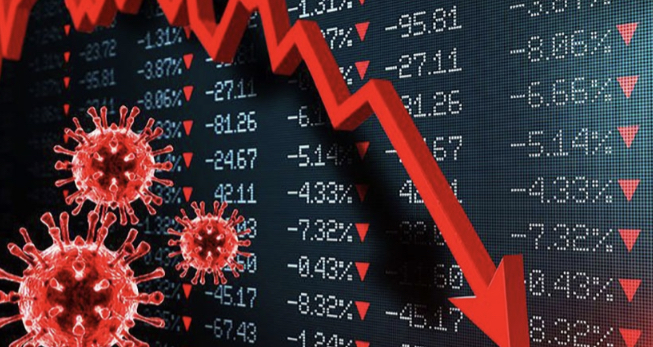The COVID Economy: Taking A Closer Look
October 26, 2020
A study in December of 2018 shows that the average American spent 182.75 US dollars per day. Now, in March of 2019, a study shows that the average American spent only 164.55 US dollars. This slight change over just a few months may seem insignificant but it is actually quite substantial. COVID-19 has changed the way people manage their money. Americans’ savings rates have gone from 8% up to 13% within the months of February and March. What this meant for the US economy 6 months ago, no one knew.
When COVID-19 hit, many people stayed home day in and day out. Many stores aside from those that are essential (supermarkets, pharmacies, etc.) received little to no customers as a result. This led many businesses, many of which were small and locally-owned, to close down during the pandemic. Ultimately, these events triggered a wave of layoffs for employees at these non-essential stores. Without a monthly paycheck, these unemployed individuals felt financially pressured into saving more money than before and only purchasing essential goods. This cycle continued and brought the economy into a trough, otherwise known as a low point in economic activity.
This economic downturn has affected both large businesses and small businesses alike. According to the Washington Post, over 100,000 small businesses have closed due to COVID-19, including many family owned and operated businesses. According to the Bureau of Labor Statistics 12.6 million Americans are currently unemployed as of September of 2020. This equates to about 7.9 percent of the American workforce, while as of 2018, only 6.2 million people were unemployed, equating to only 3.9 percent of the American workforce. COVID-19 not only affects millions of people mentally and physically, but it also affects millions of people financially. Millions of Americans are unemployed, wondering when they are going to receive their next paycheck.

